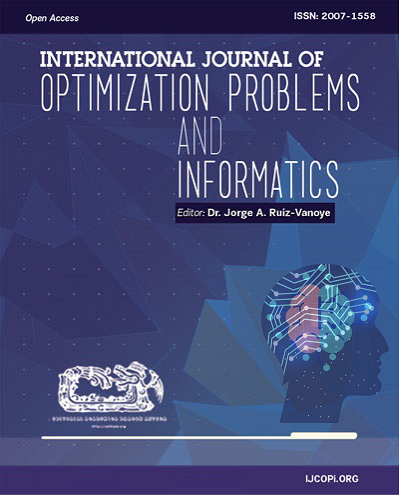Task Scheduling Algorithm to Reduce response Time Over Fog Computing Environment
DOI:
https://doi.org/10.61467/2007.1558.2025.v16i3.843Keywords:
Fog Computing, Priority-Based AlgorithmAbstract
Fog computing is an emerging paradigm that extends cloud computing by providing computation, communication, and storage services at the network's edge, closer to end devices. This evolution has been driven by the rapid proliferation of Internet of Things (IoT) devices, which generate diverse task requests. Processing these tasks in the cloud can overload its infrastructure and jeopardize the deadlines of time-sensitive requests. To address these challenges, Cisco introduced the con- cept of fog computing in 2012, positioning it as an extension rather than a replace- ment of cloud computing. However, one significant challenge in fog computing is the efficient assignment of tasks to appropriate resources to minimize response time and enhance throughput. In response to this issue, we developed a four-layer model for fog computing based on a systematic literature review. This model incorporates a priority-based task scheduling algorithm designed to optimize task scheduling in terms of response time. Tasks are categorized as simple, medium, or large/complex, with simple and medium tasks assigned to the nearest fog layer based on priority, while large tasks are allocated to the aggregate fog layer. The proposed algorithm was evaluated using a selected simulator, chosen after a systematic review of exist- ing options. In the experiments, we assessed the performance of the proposed algo- rithm using ten different task sets with varying lengths, assigned to different layers of the fog node. A comparative analysis was conducted with the Shortest Job First (SJF) algorithm, which is recognized in the literature as one of the most effective scheduling algorithms. Results indicate that tasks smaller than 4,280 MB should be assigned to the Nearest Fog Node (NFN) for improved performance, while larger tasks are more effectively processed in the Aggregate Fog Node (AFN). Addition- ally, a minimum threshold task size of 50 MB is established, suggesting that smaller tasks may not require specialized scheduling. The findings demonstrate that the pro- posed algorithm significantly reduces the response time of tasks by effectively man- aging the assignment of simple and medium tasks to the nearest fog node and large tasks to the aggregate node, outperforming SJF.
Downloads
Published
How to Cite
Issue
Section
License
Copyright (c) 2025 International Journal of Combinatorial Optimization Problems and Informatics

This work is licensed under a Creative Commons Attribution-NonCommercial-NoDerivatives 4.0 International License.





